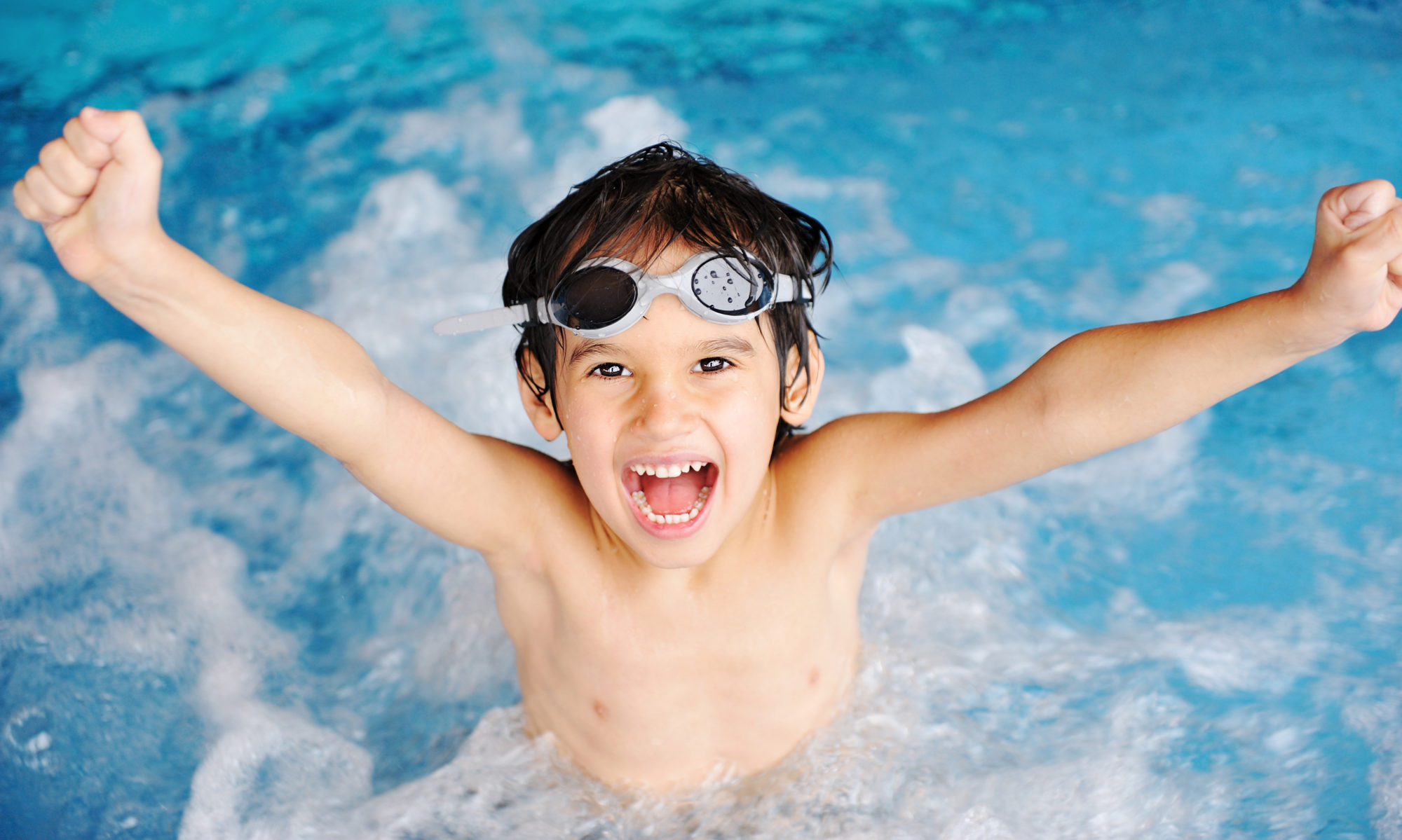How can going backwards help you move forward when you’re teaching your kids to swim?
It reinforces what they’ve learned and gives them the opportunity to deepen their understanding of the swimming skill you’re working on. It also prepares them for learning the next skill without the awkwardness of not fully understanding what’s come before.
I discussed the importance of reviewing in an earlier post. Here are some steps to take to make reviewing work for you.
Set Your Expectations
Don’t expect your child to pick up where you left off at the end of the last lesson. Backtrack a bit and work up to the skills your child was working on at the end of the last lesson. If there are skills your child has already mastered, you don’t need to work on them in every lesson.
Where to Start
Start your review at the very beginning of the previous lesson’s new material and spend five to ten minutes practicing it. If your child feels really confident after the first five minutes, you can move on. If he still seems tentative, use more of your lesson on review.
Let Your Kids Riff
Try having your child experiment with doing the skill in different ways and comparing the results. Ask him to point out what he thinks works the best. Steer him away from unsafe or ineffective movements.
Play!
Ask your child how he thinks things are going. After some practice, make the skill a vehicle for play.
